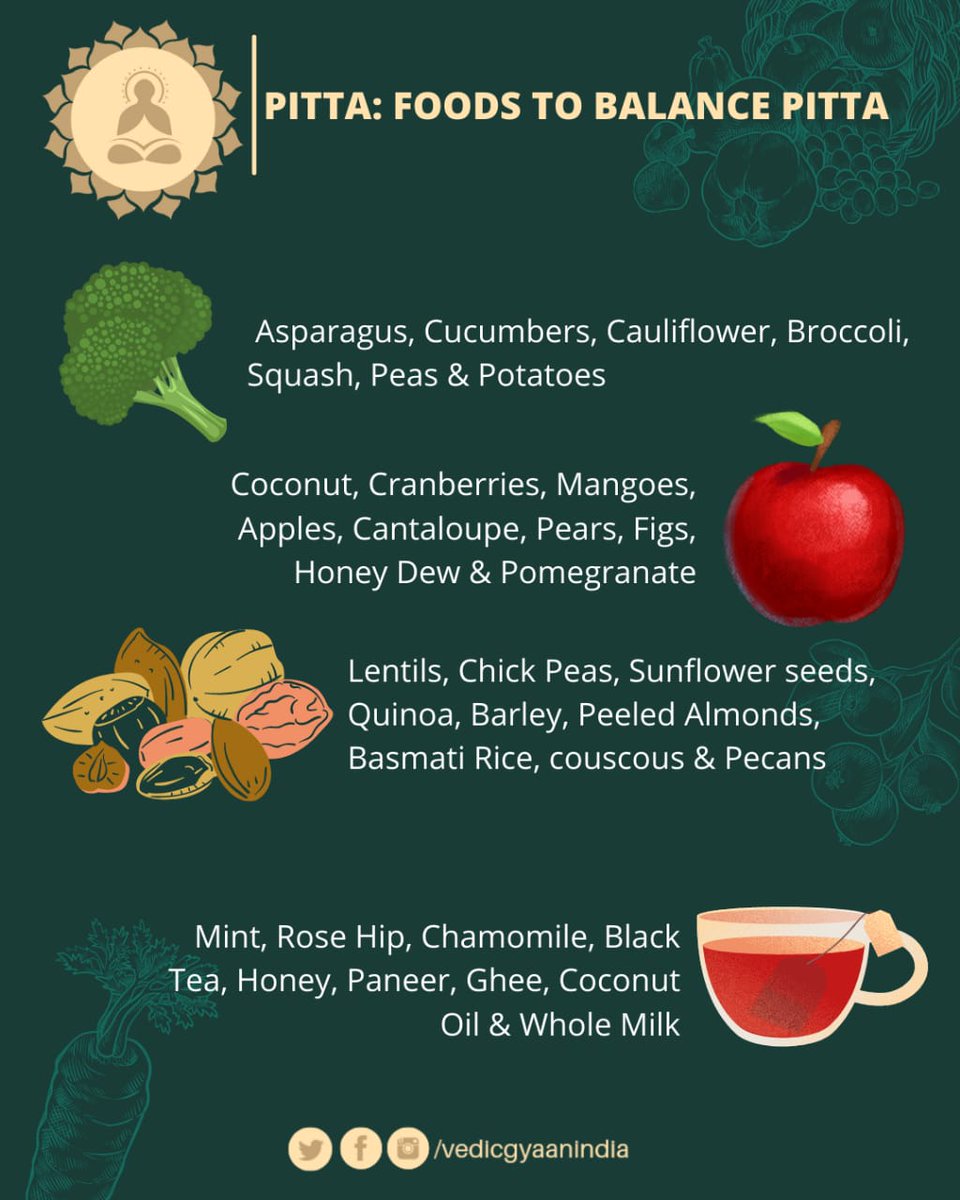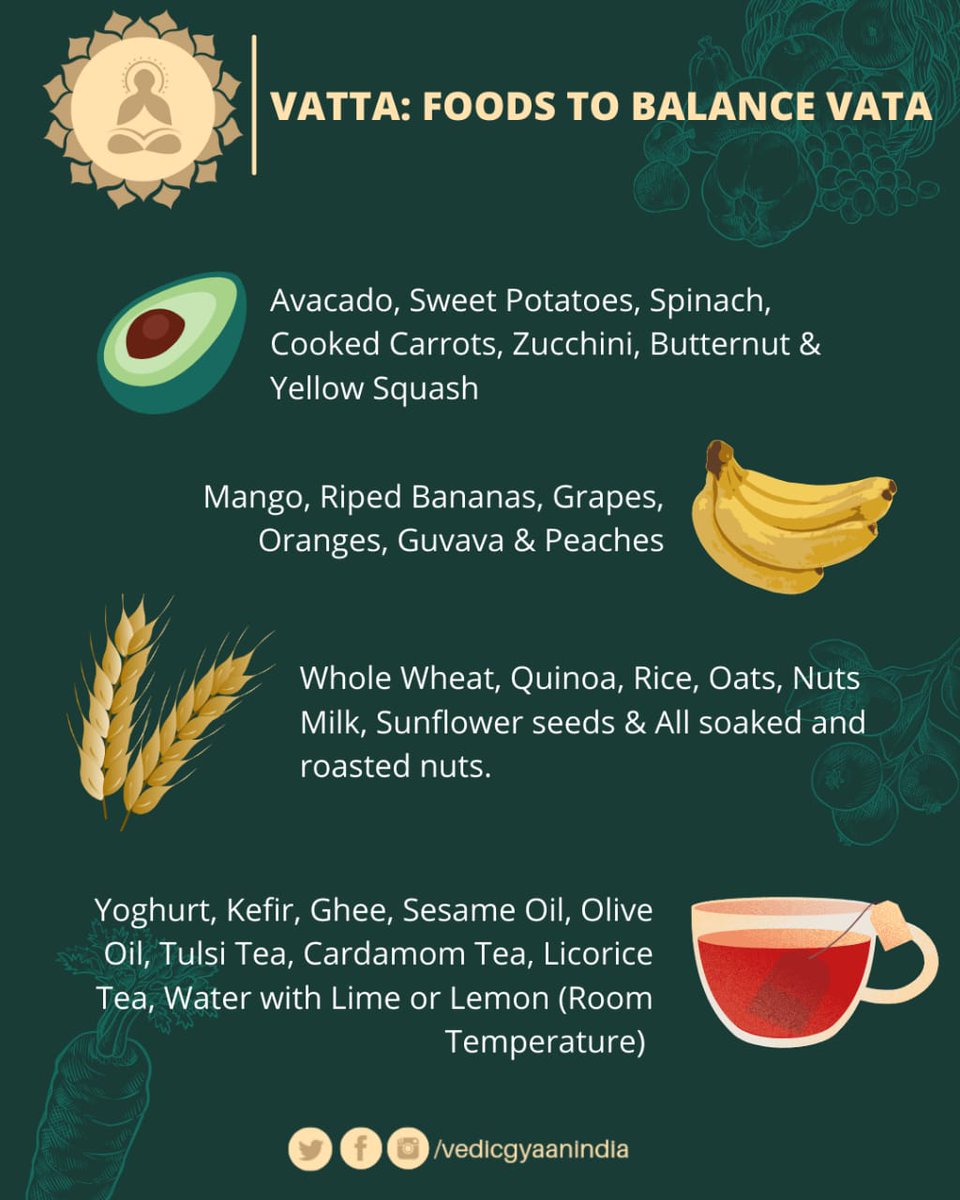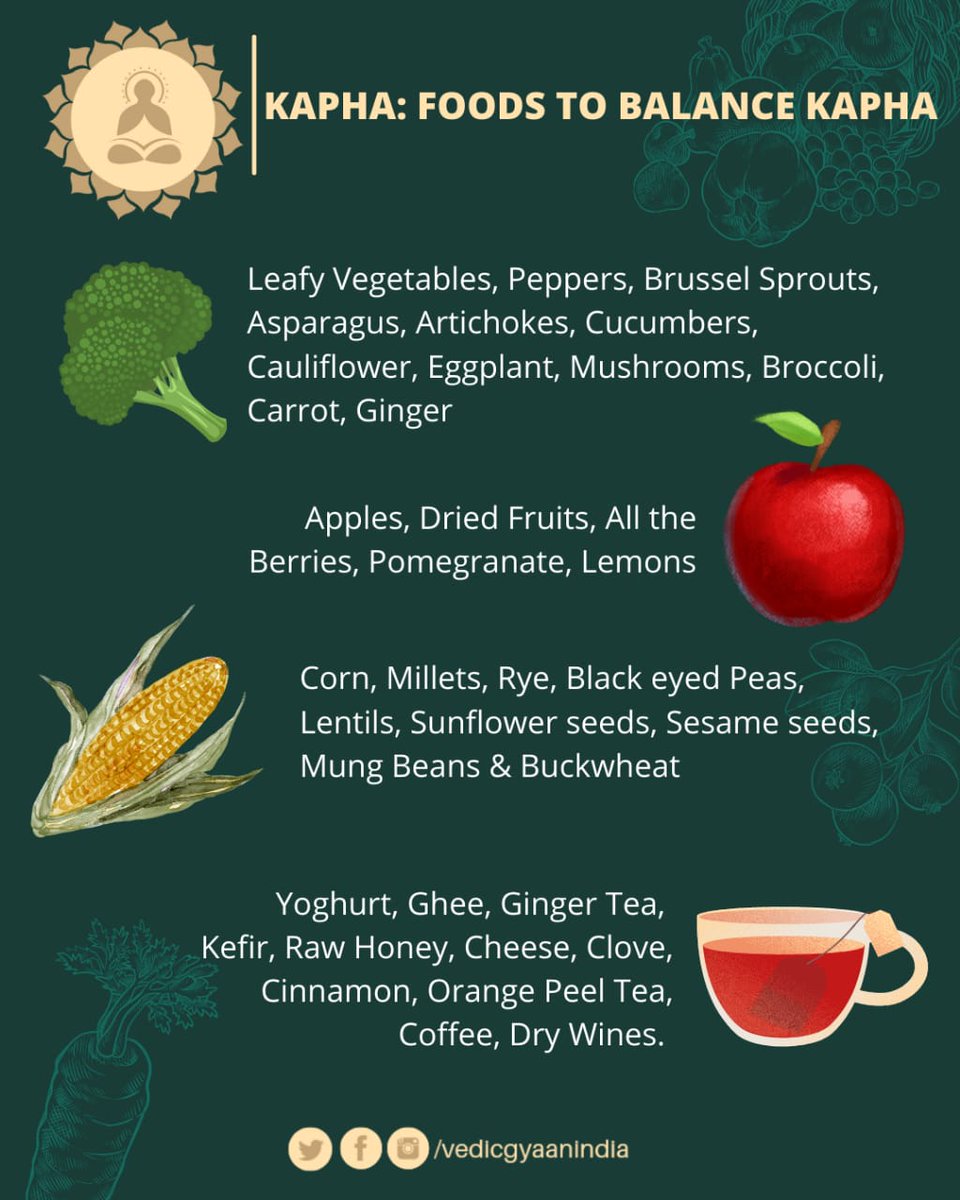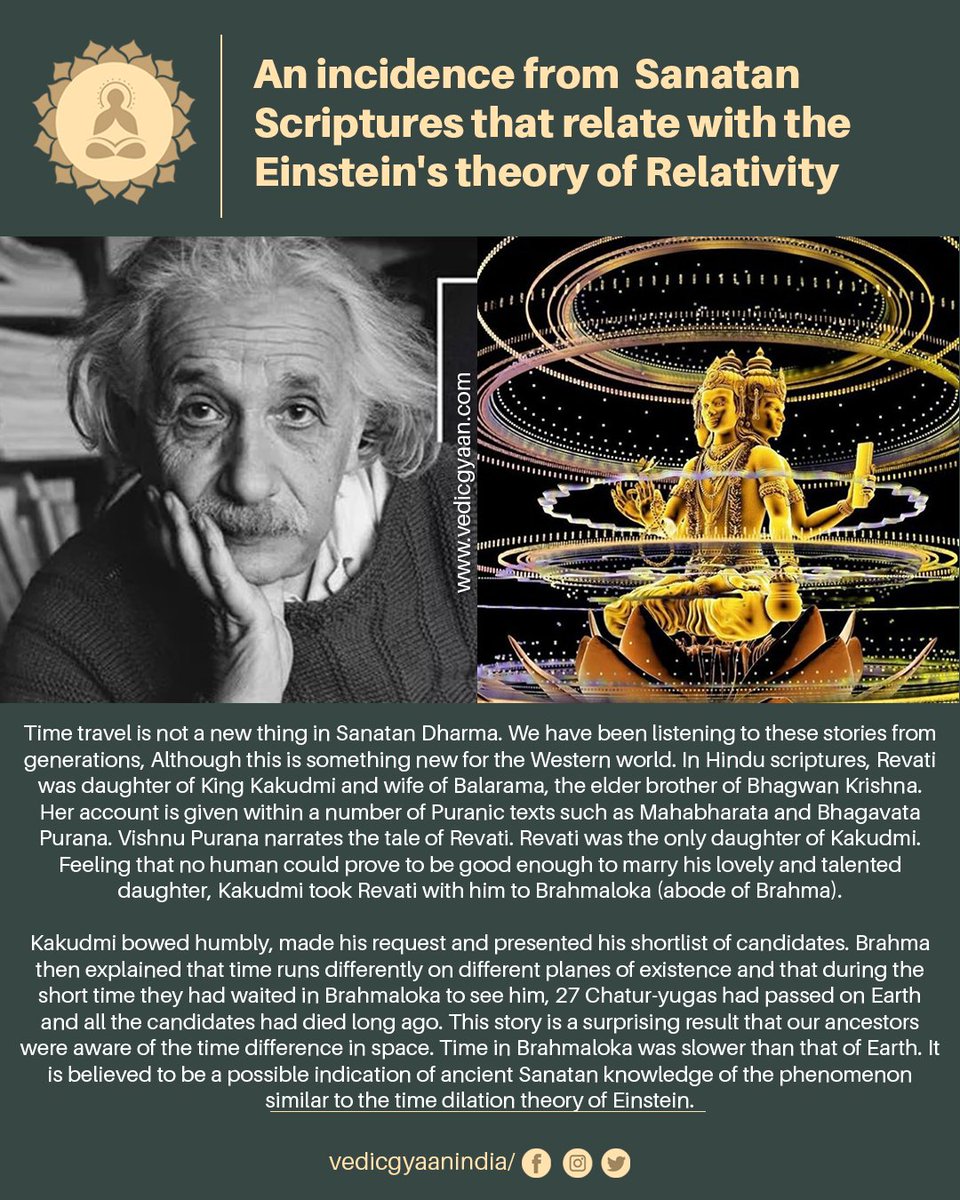
According to Ayurveda, our entire universe comprises of five elements : Ether, Air, Fire, Water and Earth. Vata, pitta and kapha are combinations of these five elements that are present in all that exists. These are called doshas, the ayurvedic constitutions. 





Just as everyone has a unique genes, each person has a unique combination of physical, mental and emotional characteristics—which comprises their own constitution. All people have the qualities of vata, pitta and kapha, but one is usually most dominant than others.
The cause of disease in Ayurveda is viewed as an imbalance of the doshas or by the presence of ama, anything undigested (food, feelings, thoughts). Auyrveda seeks to remove the harmful ama and restore the balance in our doshas.
Kapha is the energy that forms the body’s structure — bones, muscles, tendons — and provides the “glue” that holds the cells together. In balance, kapha is expressed as love, calmness and forgiveness. Out of balance, it leads to attachment, greed and envy and may manifest as
symptoms such as constipation, edema, tiredness, breathing difficulties and foggy mind. Vata is all about the movement. It governs breathing, blinking, muscle and tissue movement, and pulsation of the heart. In balance, vata is expressed as creativity and flexibility. Out of
balance, vata produces fear and anxiety and can manifest in symptoms such as dry skin, cold extremities, hoarse throat, restless legs, hiccups, stiff muscles and joints, vertigo, tinnitus, memory problems, fearful dreams, and tremors.
Pitta expresses as the body’s metabolic system. It governs digestion, absorption, assimilation, nutrition, metabolism and body temperature. In balance, pitta manifests as understanding and intelligence. When out of balance it provokes anger, self-criticism, jealousy and can
manifest in symptoms such as diarrea, nausea, heartburn, agitation, teeth sensitivity, excess sweating, blushed nose, cheeks or ears, yellow eyes, acne, liver issues, burnout, inflammation and problems with digestion.
• • •
Missing some Tweet in this thread? You can try to
force a refresh










